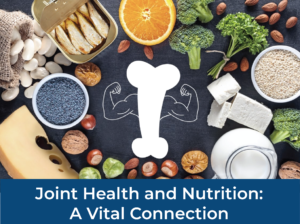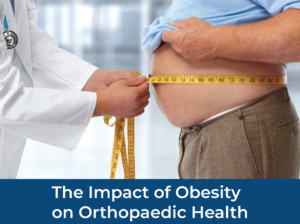Women’s Orthopaedic Health: Unique Challenges and Solutions
Women’s orthopaedic health presents unique challenges that are influenced by factors ranging from hormonal changes to anatomical differences. Understanding these factors can help in the prevention, diagnosis, and treatment of musculoskeletal conditions that disproportionately affect women.
1. Hormonal Influences: Hormones play a significant role in women’s bone health. Estrogen, for example, helps maintain bone density. During menopause, estrogen levels decline, leading to increased bone loss and a higher risk of osteoporosis. Regular bone density screenings and a diet rich in calcium and vitamin D are crucial for managing bone health during this period.
2. Osteoporosis Risk: Women are at a higher risk of osteoporosis than men, partly due to lower peak bone mass and the effects of menopause. Osteoporosis leads to brittle bones and an increased risk of fractures. Weight-bearing exercises, a balanced diet, and medications can help in managing and preventing osteoporosis.
3. Joint Health and Pregnancy: Pregnancy brings about significant changes in a woman’s body, including increased weight and altered biomechanics. These changes can place extra stress on joints, particularly the lower back and pelvis. Exercises that strengthen core muscles and maintain flexibility can help alleviate discomfort during pregnancy.
4. Gender Differences in Joint Disorders: Women are more likely to experience certain joint disorders, such as rheumatoid arthritis and autoimmune conditions. These disorders often require specialized treatment approaches, including early intervention and customized therapy to manage symptoms effectively.
5. Female Athletes: Women in sports face unique orthopaedic issues, such as a higher incidence of anterior cruciate ligament (ACL) injuries. Anatomical differences, such as a wider pelvis and increased ligament laxity, contribute to this increased risk. Preventative strategies, including proper training, strengthening exercises, and technique modifications, are essential for reducing injury risk.
6. Post-Menopausal Joint Pain: Beyond osteoporosis, post-menopausal women may experience increased joint pain and stiffness. Hormonal changes can affect the synovial fluid that lubricates joints, leading to discomfort. Staying active and engaging in joint-friendly exercises can help maintain flexibility and reduce pain.
7. Osteoarthritis: Women are more likely to develop osteoarthritis, particularly in weight-bearing joints such as the knees and hips. This condition is influenced by both genetic and environmental factors. Weight management, physical therapy, and, if necessary, medications can help manage symptoms and improve quality of life.
8. Preventative Care: Women should focus on preventative care to address orthopaedic health issues before they become severe. Regular check-ups, maintaining an active lifestyle, and a nutritious diet can significantly contribute to long-term joint and bone health.
9. Customized Treatment Approaches: Treatment for orthopaedic issues should consider gender-specific factors. Women may benefit from personalized treatment plans that address their unique physiological needs and lifestyle factors.
In conclusion, women’s orthopaedic health involves navigating a range of issues influenced by hormonal changes, anatomical differences, and lifestyle factors. By understanding these challenges and adopting proactive health strategies, women can better manage their orthopaedic health and maintain an active, fulfilling life. Regular consultations with healthcare professionals and a commitment to bone and joint health are key to addressing these unique needs effectively.


